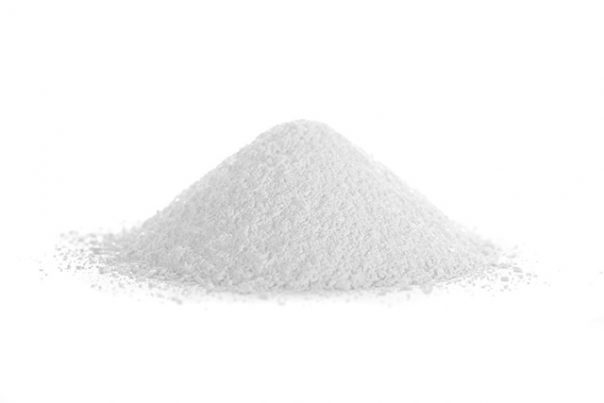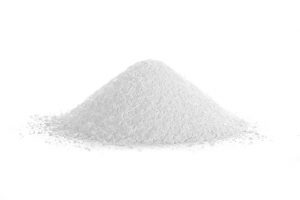
Diphosphates sources, health risks
Saturday, October 28, 2017 by Michelle Simmons
http://www.naturalpedia.com/diphosphates-sources-health-risks.html

Diphosphates are any salt or ester that contains two phosphate groups, such as: 450 (i) – disodium diphosphate; 450 (ii) – trisodium diphosphate; 450 (iii) – tetrasodium diphosphate; 450 (iv) – dipotassium diphosphate; 450 (ix) – magnesium dihydrogen diphosphate; 450 (v) – tetrapotassium diphosphate; 450 (vi) – dicalcium diphosphate; 450 (vii) – calcium dihydrogen diphosphate; and 450 (viii) – dimagnesium diphosphate.
Diphosphates, when used as food additives, functions as emulsifier, an agent that forms or preserves a mixture of substances normally incapable of being mixed like oil and water. Diphosphates also work as flour treatment agent, a substance that improves the quality of baking or the color of flour.
According to an entry by KayCircle.com, diphosphates can be used in cupcake mixes, pie tops, instant pastas and sauces, muesli bars, ice cream, and instant soups. Diphosphates are also used as stabilizers, acid regulators, and sequestrates in foods. Diphosphates are also used to strengthen the bones needed for breaking down carbohydrates and fats. They also help in enzyme actions and are important components of cell membrane, nucleic acid, and mitochondria. They also help in the production of energy.
Meanwhile, disodium diphosphate is used as an antidote and for widening of blood vessels. It is also used to prevent the discoloration of food. In industries, it is used in the production of plastics, removal of stains from leather, and removal of feathers from poultry before slaughtering them.
Diphosphates are approved safe to eat and be used in foods by the European Union, Australia, and New Zealand.
The acceptable daily intake for all phosphate containing additives is up to 70 milligrams per kilogram bodyweight, according to an entry by Food-Info.net.
Diphosphates have an E number of E450.
Alternative names for diphosphates include:
- Calcium Dihydrogen Diphosphate
- Dicalcium Pyrophosphate
- Disodium Pyrophosphate
- Magnesium Dihydrogen Diphosphate
- Modified Starches
- Pyrophosphates
- Tetrapotassium Pyrophosphate
- Tetrasodium Pyrophosphate
- Trisodium Diphosphate
- Phosphate
- Pyrometaphosphate
- Pyrophosphate tetraanion
- Pyrophosphate

Harmful effects that can be caused by diphosphates
According to an article by the HealthLine.com, a study published in 2012 declared phosphates in general are hazardous. The researchers suggested that every food that contains phosphates should be labeled as hazardous to public health. Their research showed that the accumulated phosphates in the body can lead to organ calcification in people with renal failure and even in people with healthy kidneys. The International Food Additives Council also stated that foods that contain inorganic phosphates, such as packaged and processed foods are not the healthiest choices.
Body systems harmed by diphosphates
There are a few body systems harmed by diphosphates. For one, it can be harmful to the skeletal system. Excessive amounts of diphosphates can result to demineralization of bones. Moreover, too much diphosphates can result to bone fractures. Diphosphates can also have adverse effects on metabolism as high concentrations of the substance can disrupt some metabolic processes because phosphate plays a crucial role in general metabolism. Diphosphates can also be harmful to the digestive system as they can cause peptic disorders, such as peptic ulcer.
Where to learn more
- Product review: Rejuvenate Berries and Herbs superfood is rich in RNA, plant proteins
- Before vaccinating your children, demand your doctor sign this form
- Rejuvenate Plus superfood is high in DNA and RNA with sprouts, chlorella and more
- Resveratrol Has Anti-aging and Anti-Cancer Properties, Linked to Cardiovascular Health
- Ginseng proven to prolong life in men: Here is the research
Summary
Diphosphates, with an E number of E450, are any salt or ester that contains two phosphate groups.
Diphosphates are used as food additives, emulsifiers, stabilizers, acid regulators, sequestrates, and flour treatment agents in food.
Diphosphates can result to organ calcification in people with renal failure and even in people with healthy kidneys.
Diphosphates can be detrimental to the skeletal system, which can cause bone fractures and bone demineralization.
Diphosphates can also be harmful to the digestive system.
Diphosphates can disrupt metabolic processes in the body.
Sources include:
Tagged Under: Tags: Diphosphates





